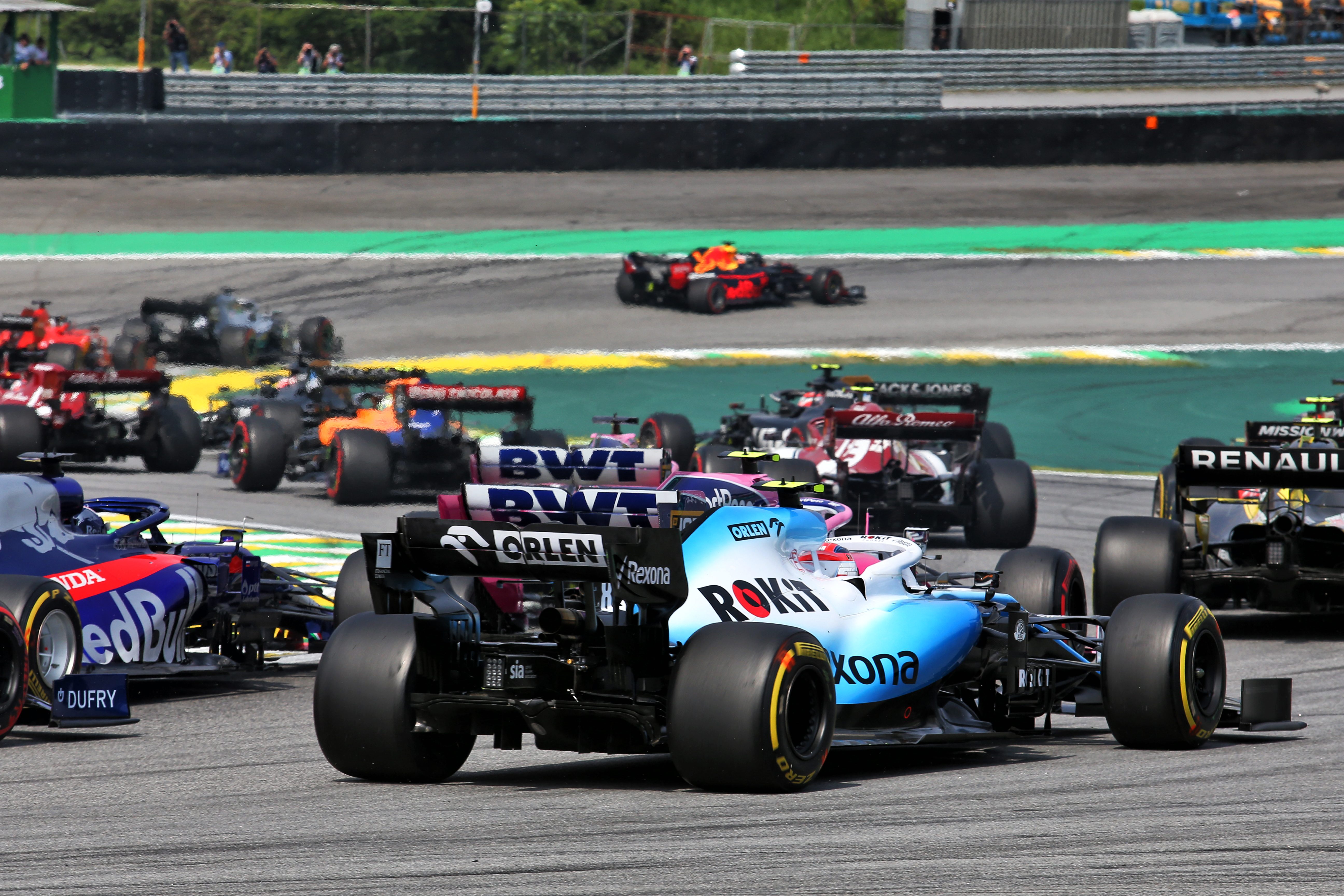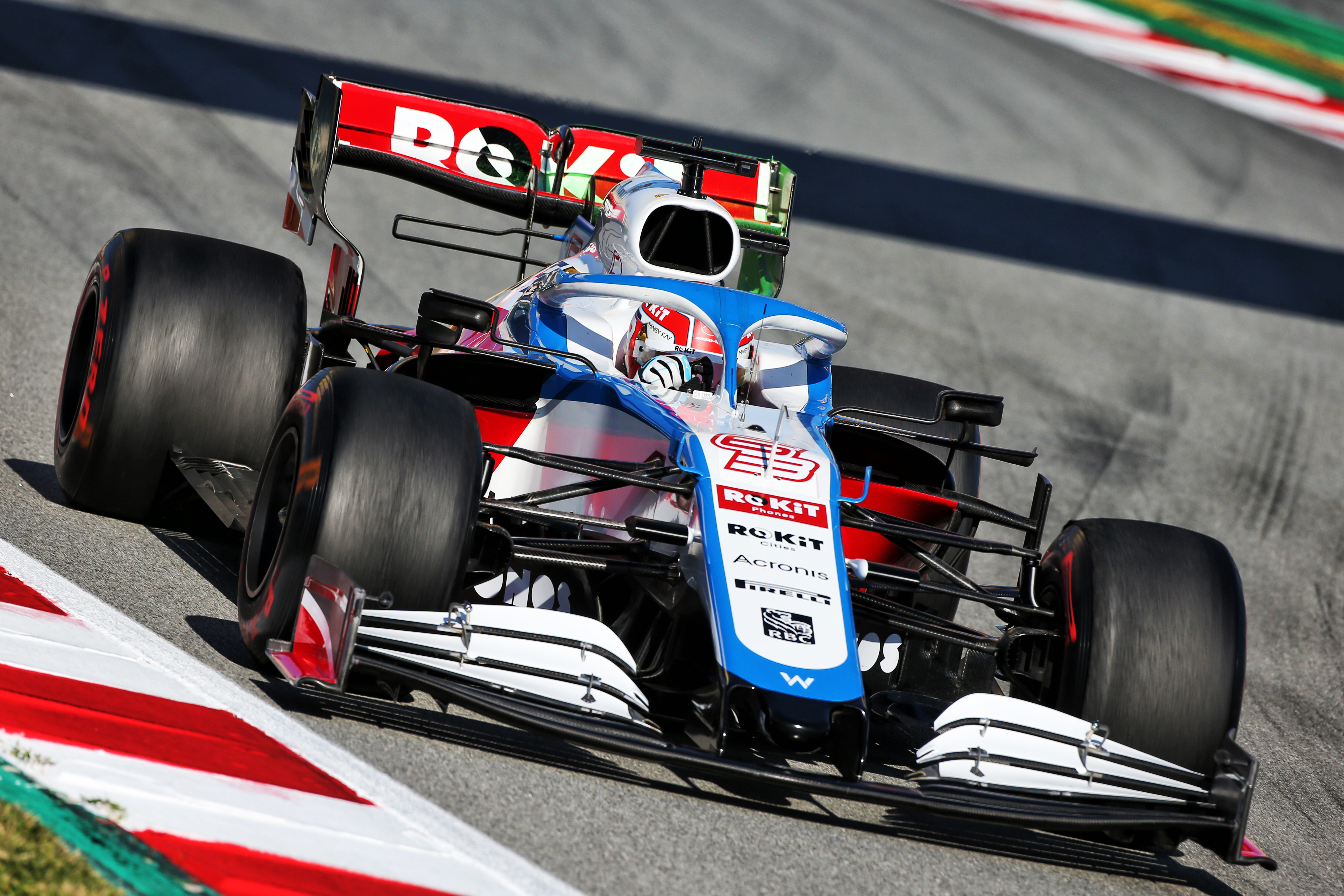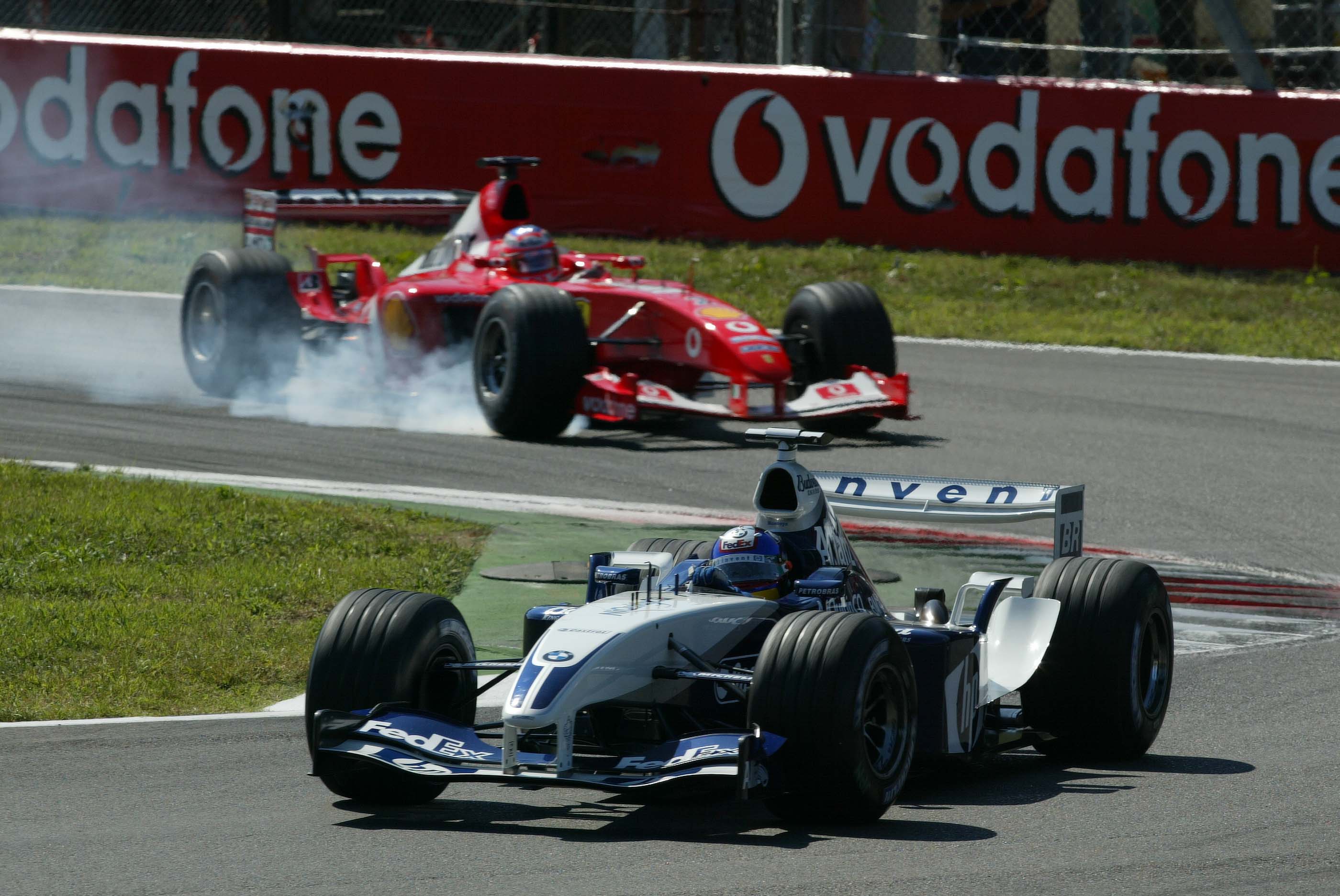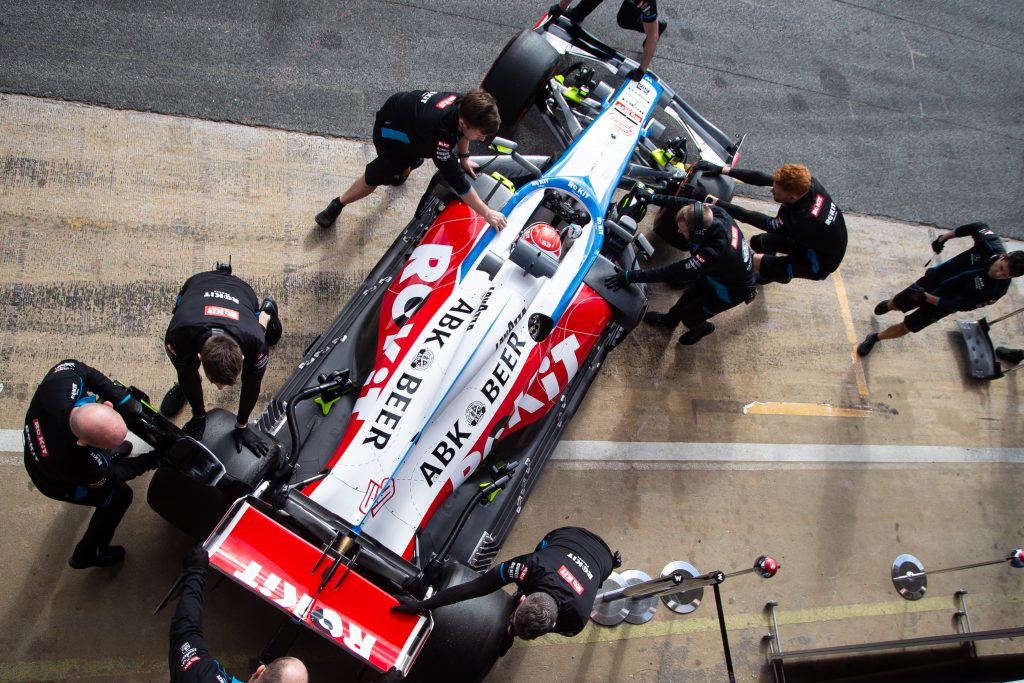Up Next

The 2020 Formula 1 season is a critical one for Williams, one on which its long-term future could hinge. That’s not because of what happens on track this year, but what happens off it.
While the team remains fiercely independent and protective of its remarkable heritage, Williams cannot continue indefinitely without delivering results. It neither benefits from the patronage of a manufacturer, nor has shareholders with bottomless pockets, meaning it stands or falls based on its commercial performance.
The current trend, sliding from third in the constructors’ championship in 2014/15 to bottom in 2018/19, surely cannot continue if Williams is to retain that independence long-term.
On track, all Williams needs to do this season is achieve backmarker respectability with George Russell and new signing Nicholas Latifi. It can finish last in the constructors’ championship for a third consecutive season and still do that, much as the hope will be that it can score a place or two better.
But what it cannot afford to do is be cast adrift at the back and must regularly fight in the midfield. Testing indicates it may have the car to do that, and that it certainly won’t be in a ‘Class C’ of its own making off the back of the rest.

The really important work will be going on back at Williams’s Grove base to design the 2021 car. When the regulations for next year’s major rules reset were agreed, the consensus within the team was that it was good news for Williams – but now it must make good on the opportunity the new rules present.
Already there is evidence that the most lamentable blunders of 2019 have been cast into memory. The car hit the track on time for a filming day ahead of the start of pre-season testing and, unlike last year, didn’t start to shake itself to pieces as testing progressed thanks to being the product of a rush job.
Everything about the car is a step forward, so this at least proves Williams has achieved the basement level expected of an F1 team of being able to design and build a car on schedule that works.
The 2021 regulations, even with a budget cap that Williams is unlikely to be able to operate to and highly-restrictive technical constraints, do present an opportunity. And it’s one Williams must take
“It’s a much, much better package,” says head of vehicle performance Dave Robson. “Much more effort has gone into genuinely doing a good job and dedicating the time to really engineer the details. The detail behind it is really impressive.
“The design has had an enormous amount of effort in it and it does pay. It’s obvious that the external surfaces are aerodynamic, but the internal surfaces are as well. Where all the cooling areas go, you can tidy all that up and improve the efficiency of the cooling and you can start shrinking everything.
“The other nice thing is we’ve done however many laps and the car is still in good shape. Twelve months ago, by the time we’d done a couple days of running, once we finally got going, the car looked quite tired and now it’s in really good condition.”

This suggests the more robust planning and tracking processes that were introduced as a result of last year’s debacle have worked. With the worst crimes of last year’s car also eliminated, Williams should at least now be at the bare-minimum level in terms of credibility for an F1 team, which it fell short of last year.
The 2021 regulations, even with a budget cap that Williams is unlikely to be able to operate to and highly-restrictive technical constraints, do present an opportunity. And it’s one Williams must take.
The key to that will be whether it can match its rivals in terms of aerodynamic development, which has been a consistent weakness for the team and has been an area of focus for improvement in recent times.
It’s purely speculative right now to suggest what might happen with the ownership, but if the 2021 car doesn’t deliver a clear upturn then some tough decisions might have to be made
Its return to the upper reaches of the grid in 2014 coincided with the Mercedes engine package being superior to the rest, and as the manufacturers converged so Williams slid backwards. In fact, you can argue that Williams has never really been at F1’s cutting edge aerodynamically since Adrian Newey left over 20 years ago as even when it challenged for the title with BMW power that was a question of an outstanding engine mated to a good, but not great, car.

It has successfully diversified its business in recent years, but the fact it has sold a majority stake in Williams Advanced Engineering concern – established in 2011 – to EMK Capital isn’t encouraging for the long-term.
The 2021 car will be a stern test of the team’s technical capabilities. If it succeeds, even if that falls short of the leap to third place the 2014 rules change precipitated, that’s hugely encouraging for the future of one of F1’s most celebrated teams. And as part of that project, it might need to consider whether it must follow the Racing Point/Haas model of a closer alliance with a big team – something it has so far strenuously resisted.
If not, then it’s difficult to see Williams continuing in its present form for too much longer without having to considering selling at least part of it.
As one of the few operations capable of designing and building an F1 car, that could fundamentally change the character of the team. It’s purely speculative right now to suggest what might happen with the ownership, but if the 2021 car doesn’t deliver a clear upturn then some tough decisions might have to be made.
The potential is there. The team has decent facilities and some very accomplished personnel. But what it now needs to do is deliver on that potential consistently.
Williams doesn’t have to be winning to be sustainable, but it can’t afford to stay where it is indefinitely.



